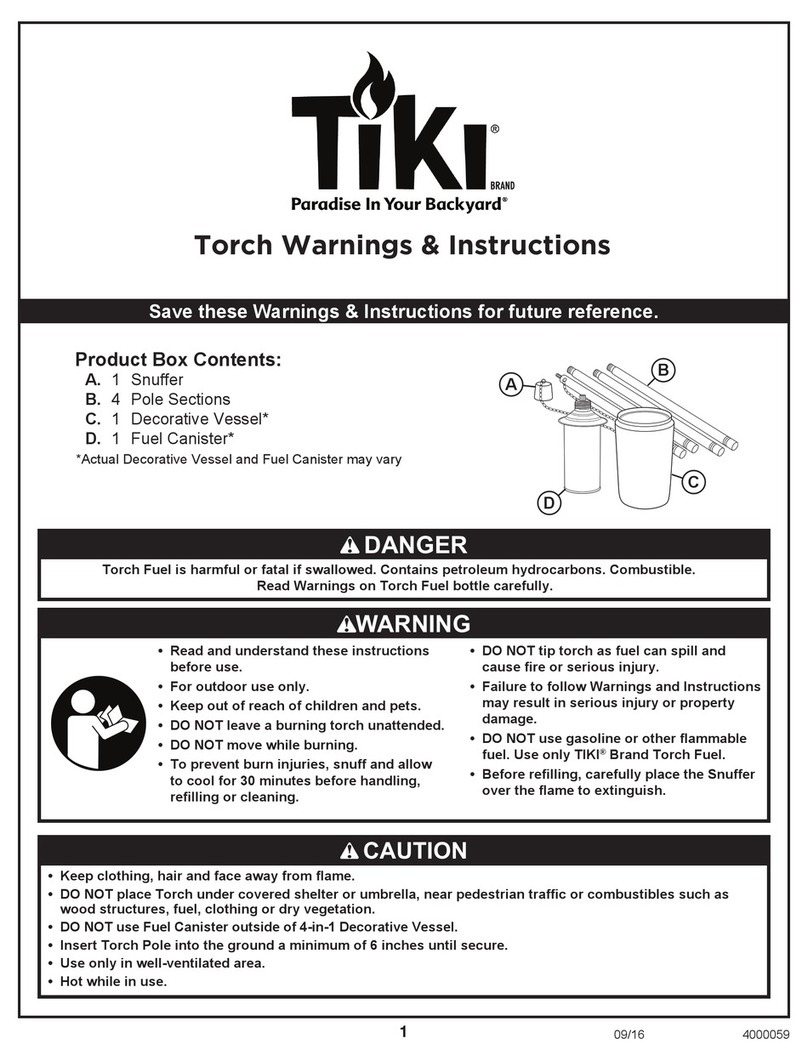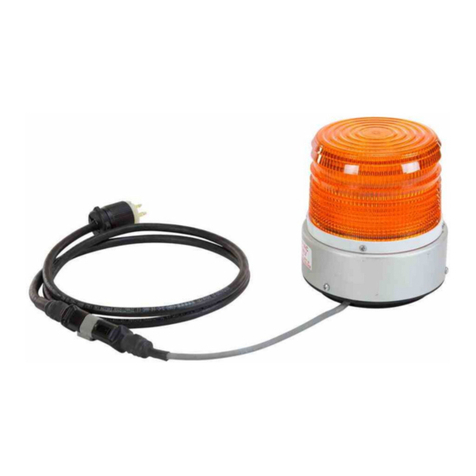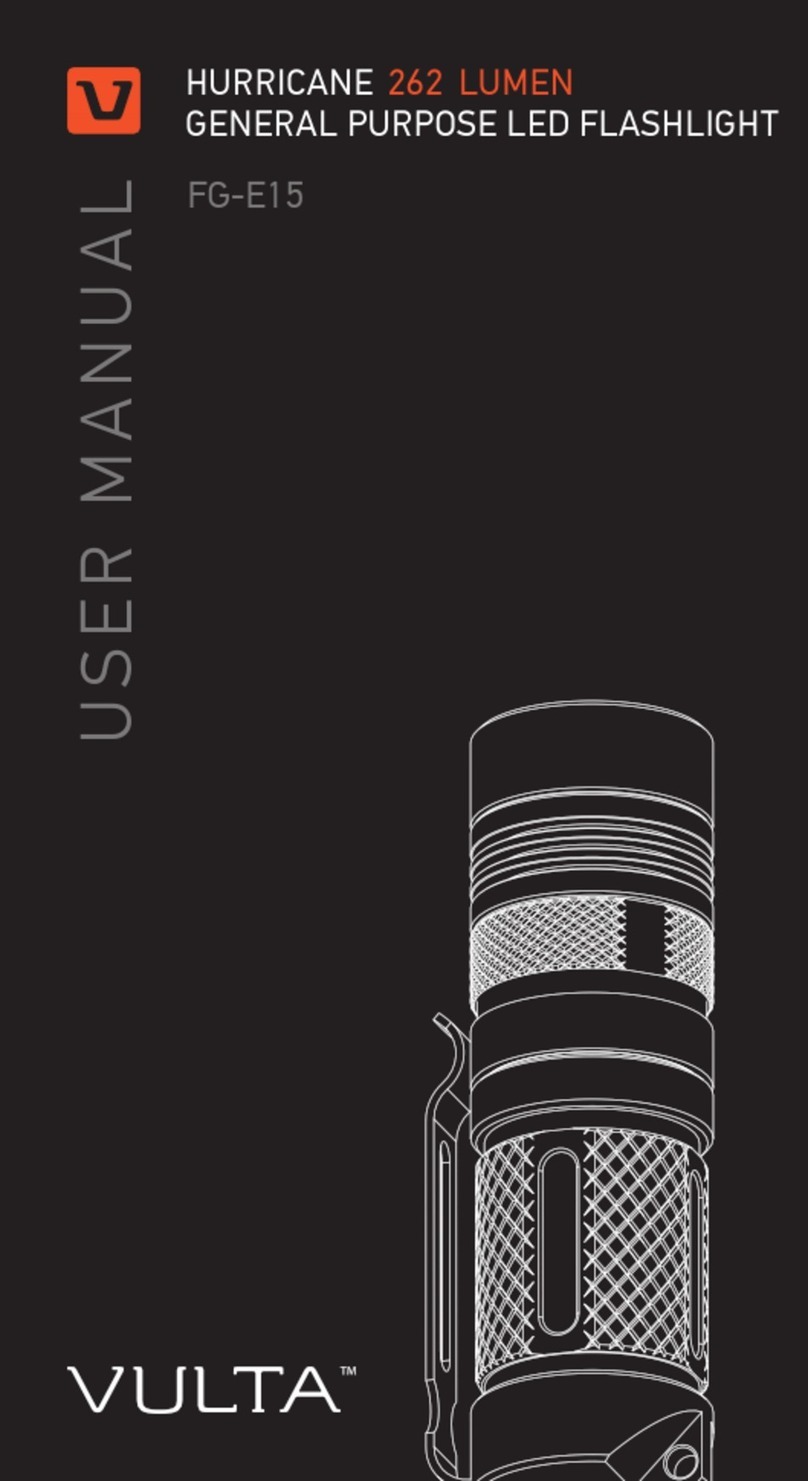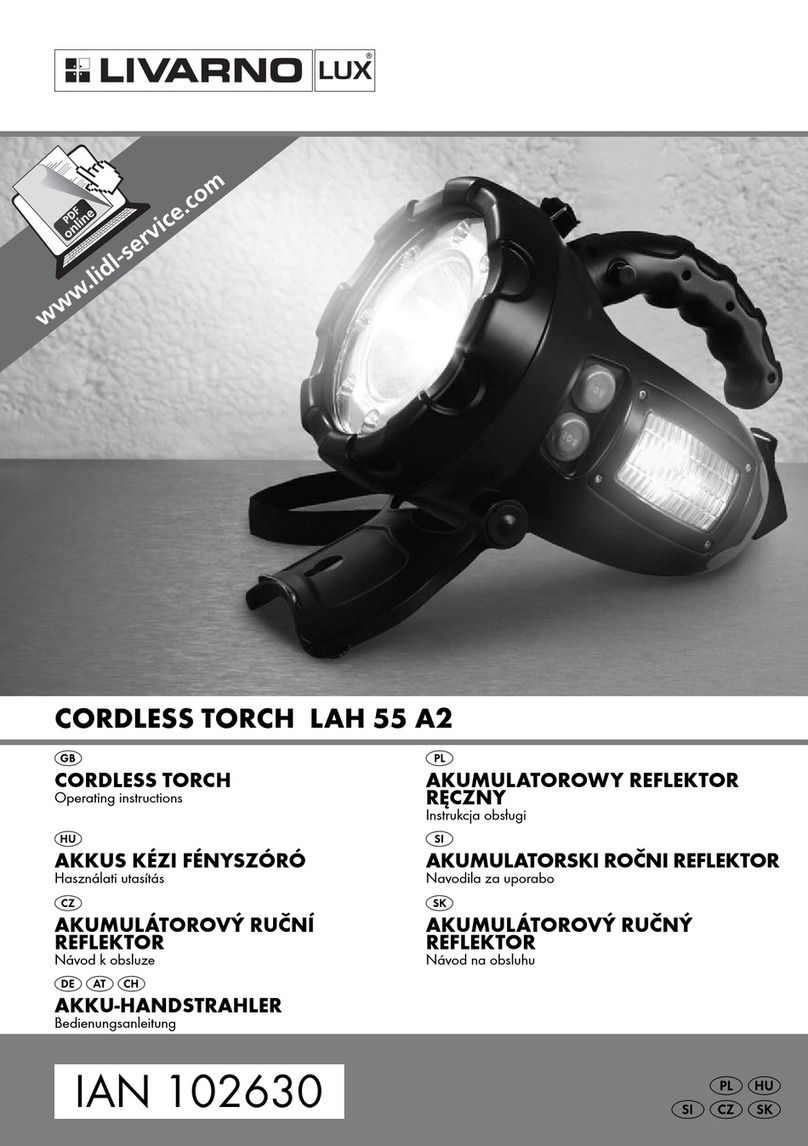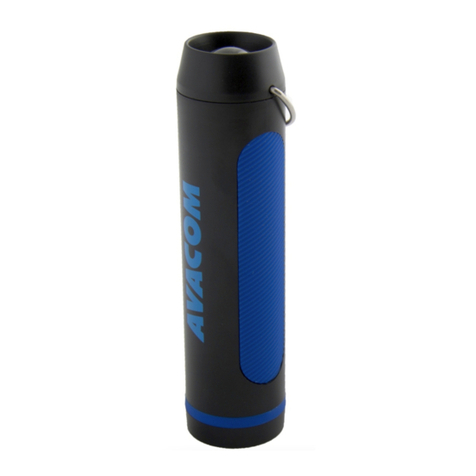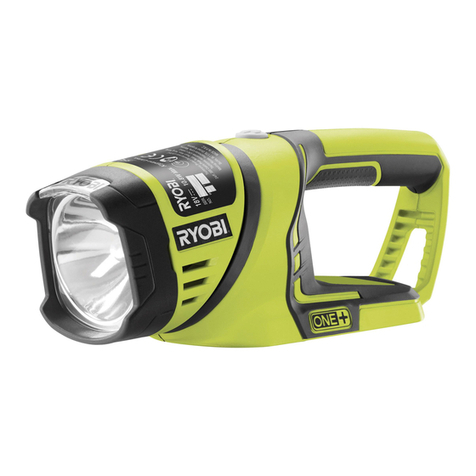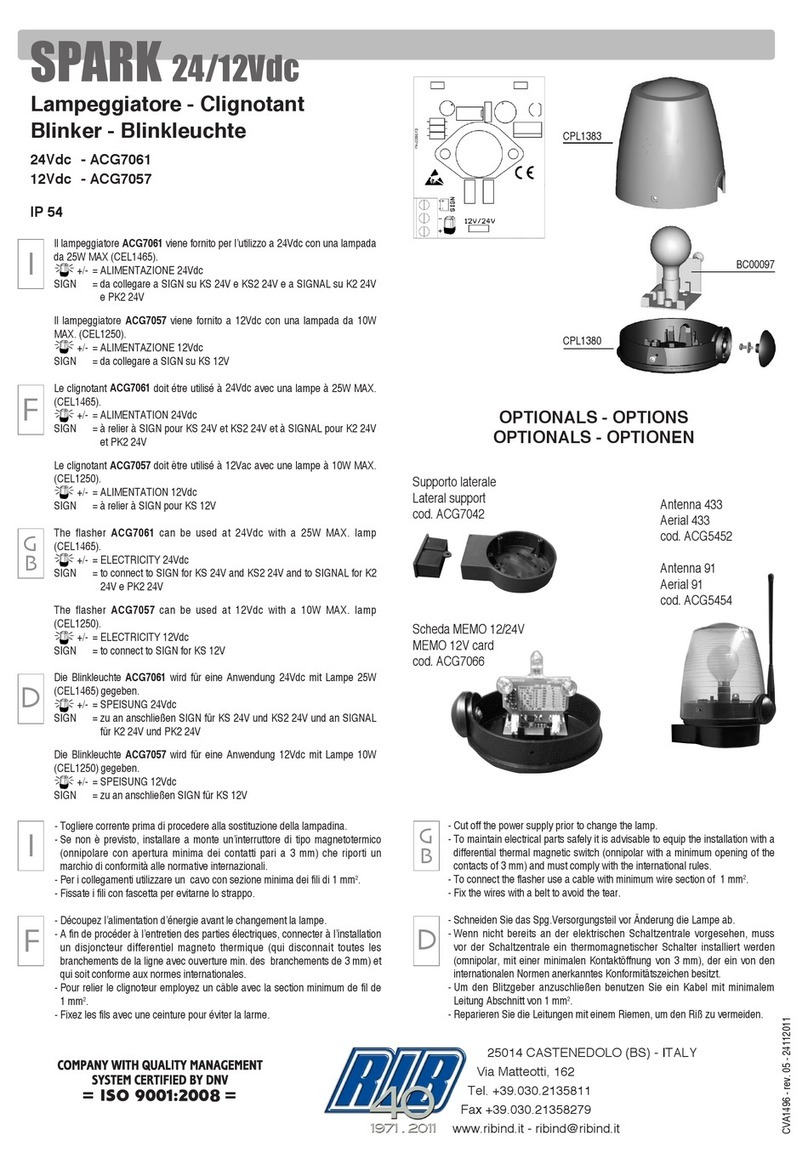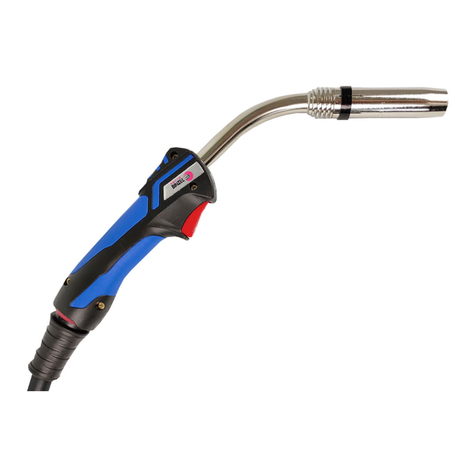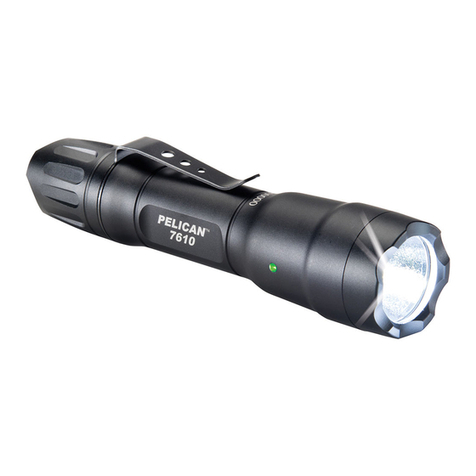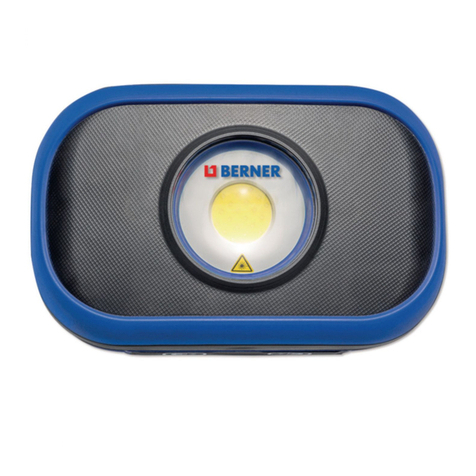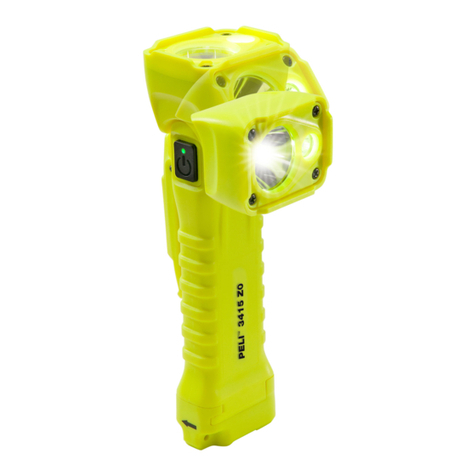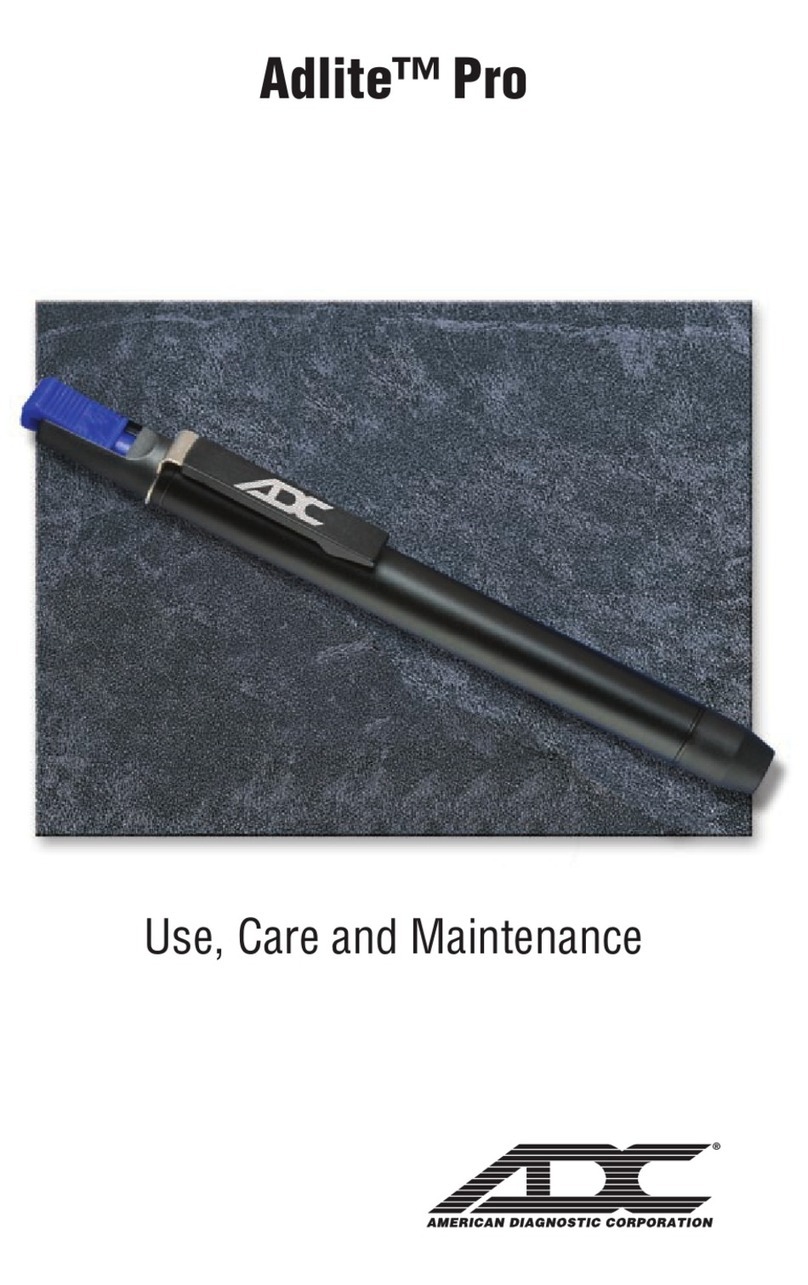3
Stellen Sie sicher, dass der Brenner spannungslos
ist, bevor Sie die Wolframelektrode auswechseln oder
den Brenner zerlegen. Der Anschliff der Elektrode zum
Gleich- und Wechselstromschweißen nach dem square-
wave-Prinzip geschieht gemäß Abb. 2.
Schleifen Sie die Elektrode nur maschinell nach, damit
die symmetrische Form beibehalten wird. Der Abstand
der Plasmagasdüse zur Werkstoffoberßäche soll ca. 8
- 12 mm betragen. Einige Teile des Schweißbrenners un-
terliegen normalem Verschleiß und können leicht durch
Originalersatzteile ausgetauscht werden. Diese sind:
!Brennerkappe
!Wolframelektrode
!Zentrierröhrchen
!Isolierring
!Plasmagasdüse
!Gasdiffusor
!Schutzgasdüse
Ø 4
20°
Ø 0,5
max. 48
Abb. 2: Anschliff der Wolframelektrode, Maße in mm
6. Schrauben Sie die Plasmagasdüse in
die Gewindebohrung und ziehen Sie die
Plasmadüse mit der Einstell-Lehre fest
an.
Wichtig, da ansonsten keine Wärme-
abführung möglich ist!
Zerlegen und Montieren des Brenners
1. Stecken Sie die Wolframelektrode mit
dem stumpfen Ende ca. 5 mm tief in die
Brennerkappe.
2. Schrauben Sie die Brennerkappe von
oben in den Brennerkörper bis zum An-
schlag fest.
3. Lösen Sie die eingeschraubte Brenner-
kappe um eine volle Umdrehung gegen
den Uhrzeigersinn.
4. Führen Sie die Zentrierkeramik in den
Brennerkörper ein, wobei die Wolframe-
lektrode durch die zentrale Bohrung der
Keramik geführt werden muss.
7. Stecken Sie den Isolierring über das
Außengewinde des Brennerkörpers, bis
er an der Kunststoffummantelung des
Brennerkörpers anliegt.
5. Das Einstelmaß der Wolframelektro-
denlänge wird mit der Einstell-Lehre
bestimmt. Hierzu schrauben Sie die
Einstell-Lehre in den Brennerkörper. Die
Wolframelektrodenspitze muss auf der
Anschlagschulter der Nut aufsitzen. In
dieser Position spannen Sie die Wolf-
ramelektrode mit der Brennerkappe
fest.
8. Schrauben Sie den Gasdiffusor bis zum
Anschlag auf das Aussengewinde des
Brennerkörpers.
9. Schrauben Sie die keramische Gasdüse
"handfest" auf das Außengewinde am
Brennerkörper, bis sie spaltfrei in der
Ringnut des Islierrings sitzt
